Top 10: The busiest container ports in Asia
24/12/2021The vast majority of the largest and busiest container ports in the world are located in Asia. The continent is a crucial part of the global supply chain, which has been proven during the Covid-19 period with local lockdowns in Asian ports affecting heavily the global trade.
Below, you can find the top 10 busiest container ports in Asia, based on container volumes handled in 2020.
Port of Shanghai, China – More than 43.5 million TEU in 2020
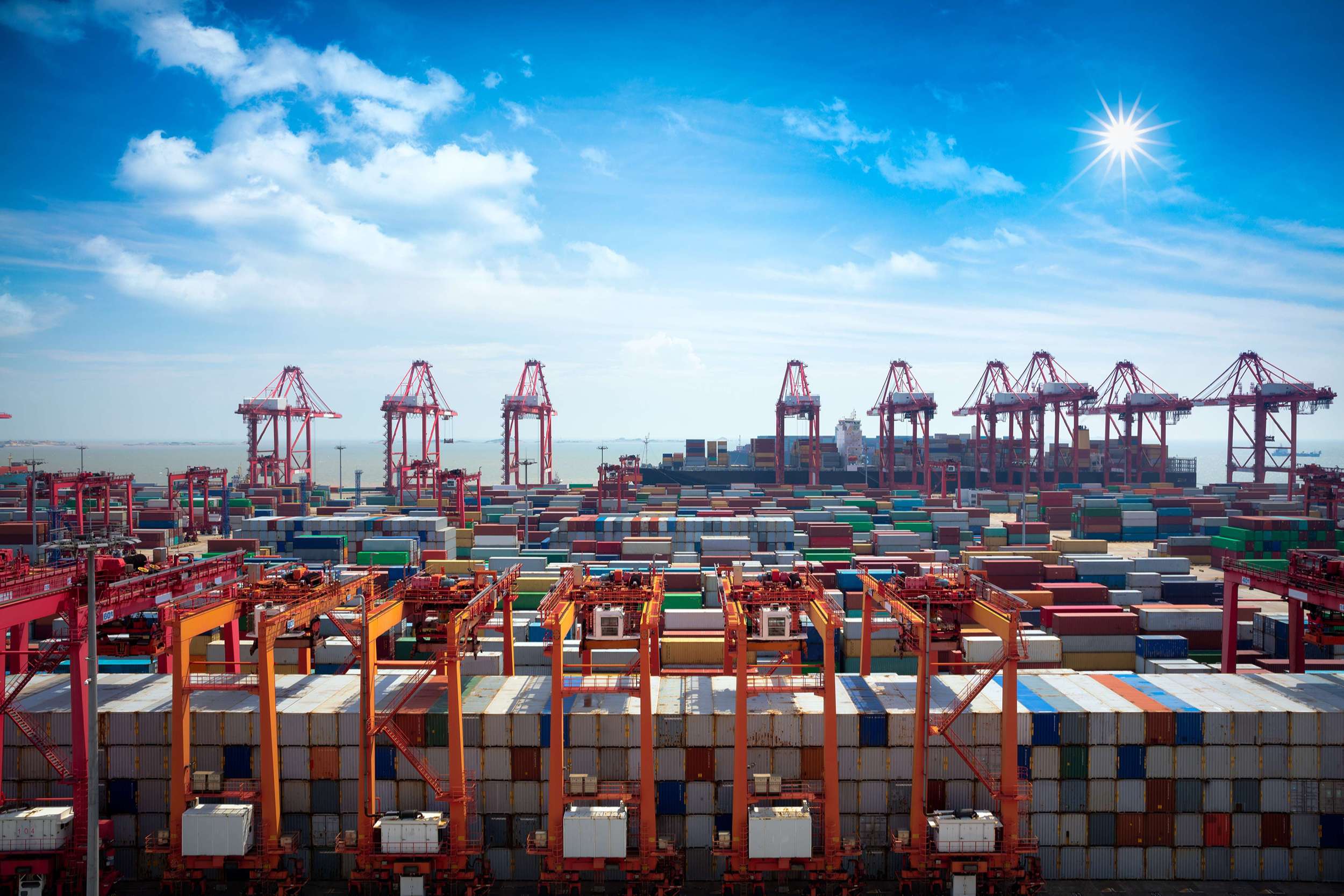 With 2020’s annual throughput surpassing 43.5 million TEU, the port of Shanghai ranks for the 11th consecutive year as the busiest container port in the world.
With 2020’s annual throughput surpassing 43.5 million TEU, the port of Shanghai ranks for the 11th consecutive year as the busiest container port in the world.
Served by road and railway networks, the Chinese port has access to the southern and northern parts of the country’s coastal area, oceans across the world, as well as the Yangtze River basin, inland rivers of Jiangsu, Zhejiang and Anhui provinces, and Taihu Lake basin.
Public terminals in the Port of Shanghai are operated by Shanghai International Port Group Co. Ltd. (SIPG), the biggest listed company in port operation in the Chinese mainland.
Port of Singapore, Singapore – More than 36.8 million TEU in 2020
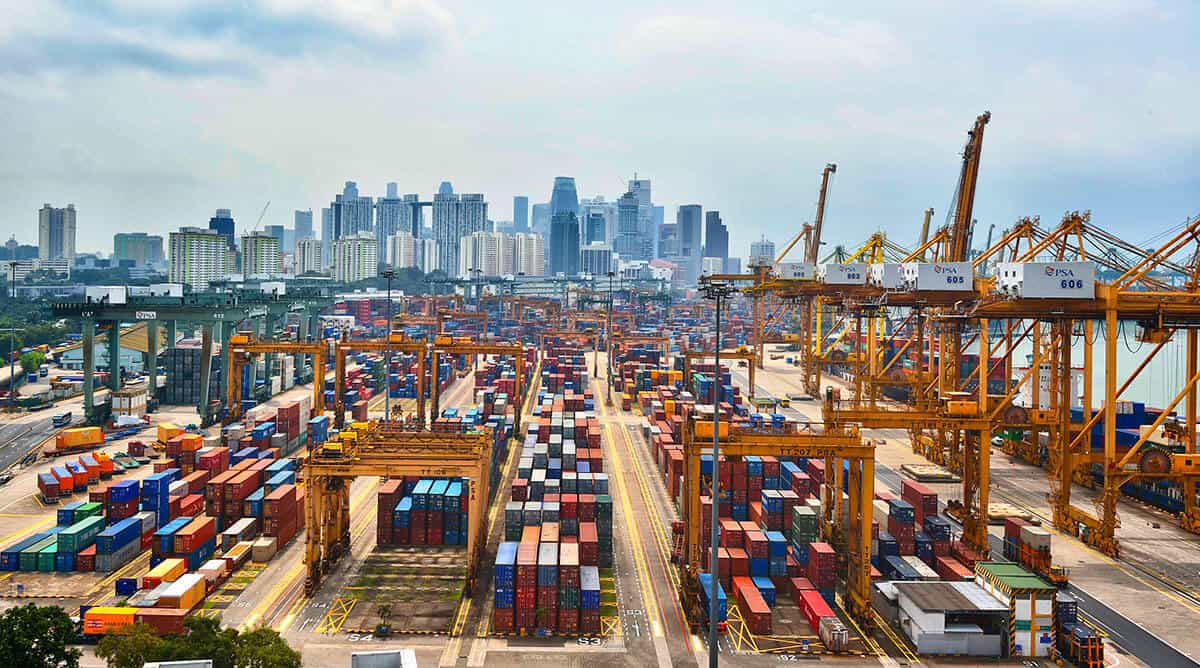
The Port of Singapore is the second busiest box port not only in Asia but also globally, with its recorded annual throughput for 2020 reaching 36,870,900 TEU. Its strategic location in the crossroads of East and West Asia enables businesses to access the region’s expanding markets.
Located in the districts of Tanjong Pagar, Keppel, Brani, Pasir Panjang, Sembawang and Jurong, Singapore’s terminals are managed by PSA Singapore Terminals and Jurong Port Pte Ltd.
PSA manages the major share of container handling in Singapore with four container terminals including a total of 52 berths, while Jurong Port moves containers by its Combi terminal with three berths and a total capacity of 3 million TEU.
Port of Ningbo, China – More than 28.72 million TEU in 2020
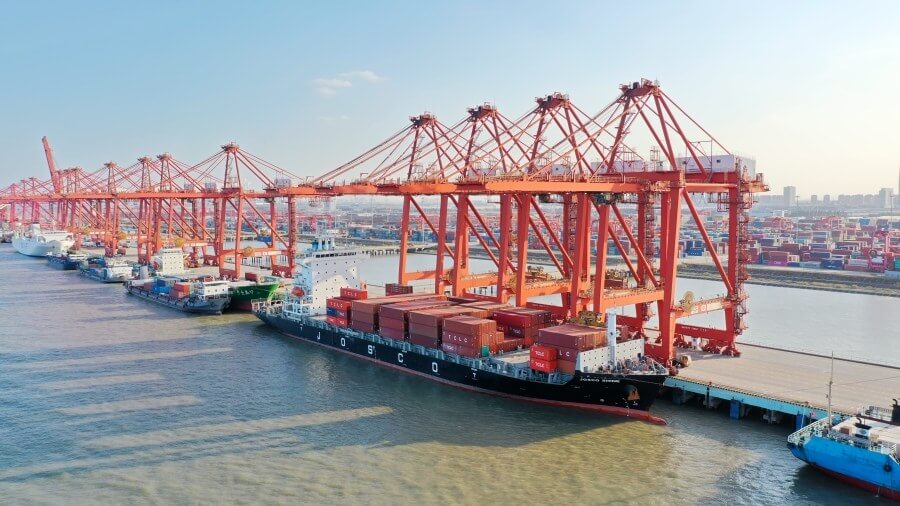
The third-busiest port in Asia is located in the middle of China’s mainland coastline, at the intersection of the Silk Road Economic Belt, the 21st Century Maritime Silk Road, and Longan on the southern wing of the Yangtze River Economic Belt.
The Chinese port, which provides 260 container routes that connect more than 600 ports in 190 countries and regions, has exceeded 30 million TEU from the beginning of the year until today for the first time in its history, surpassing last year’s annual throughput of 28.72 million TEU.
Port of Shenzhen, China – More than 26.54 million TEU in 2020
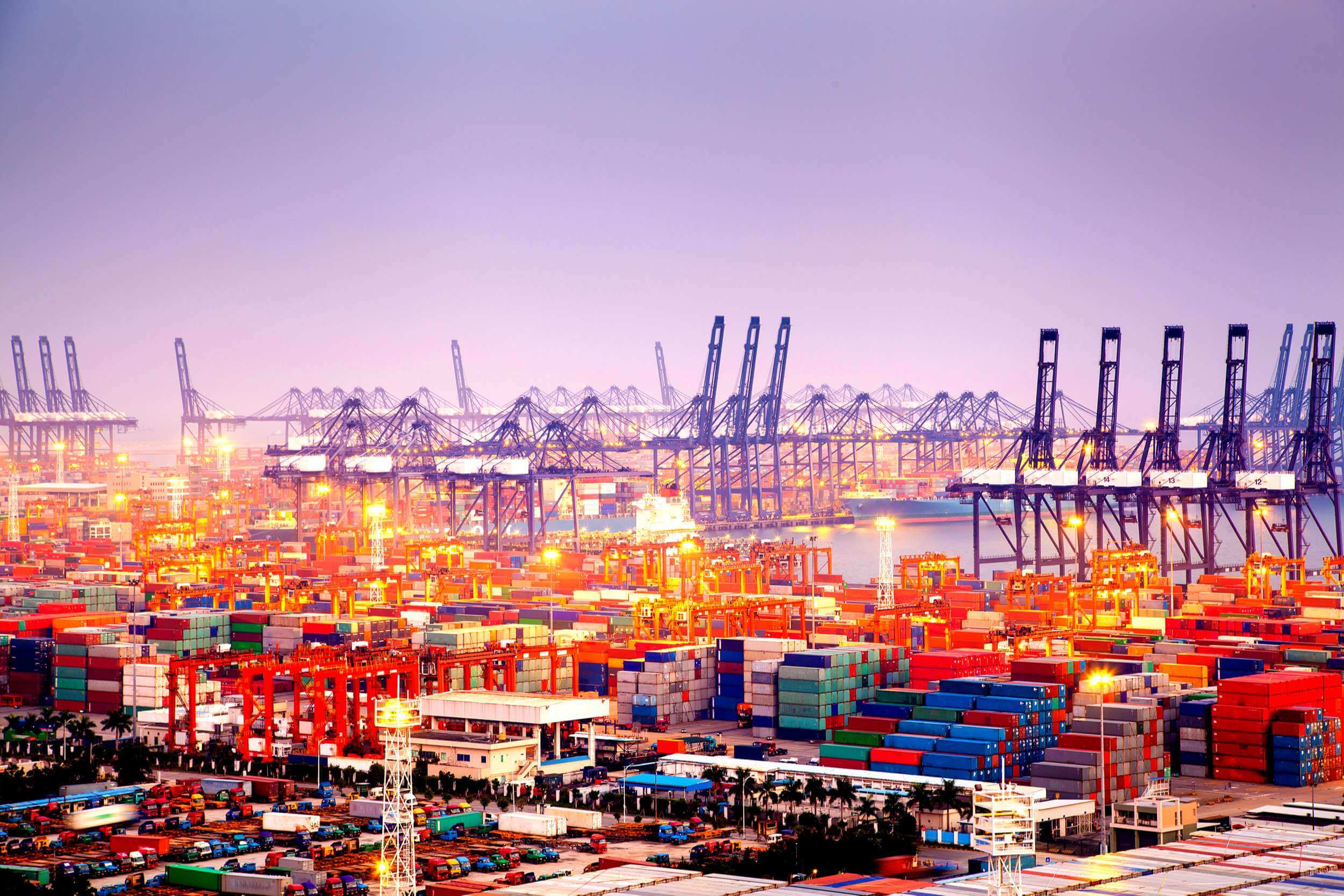
The Port of Shenzhen is a collective name of a number of ports along with parts of the coastline of Shenzhen, including the Yantian and Dapeng port areas in the east and the Nanshan, Dachan Bay, Dachan Island, Xiaochan Island and Bao’an port areas in the west.
Shenzhen is ranking at the fourth place of the busiest ports of Asia, handling more than 26.54 million TEU in 2020 and constituting one of the major container hubs in the world.
Port of Guangzhou, China – More than 23.19 million TEU in 2020
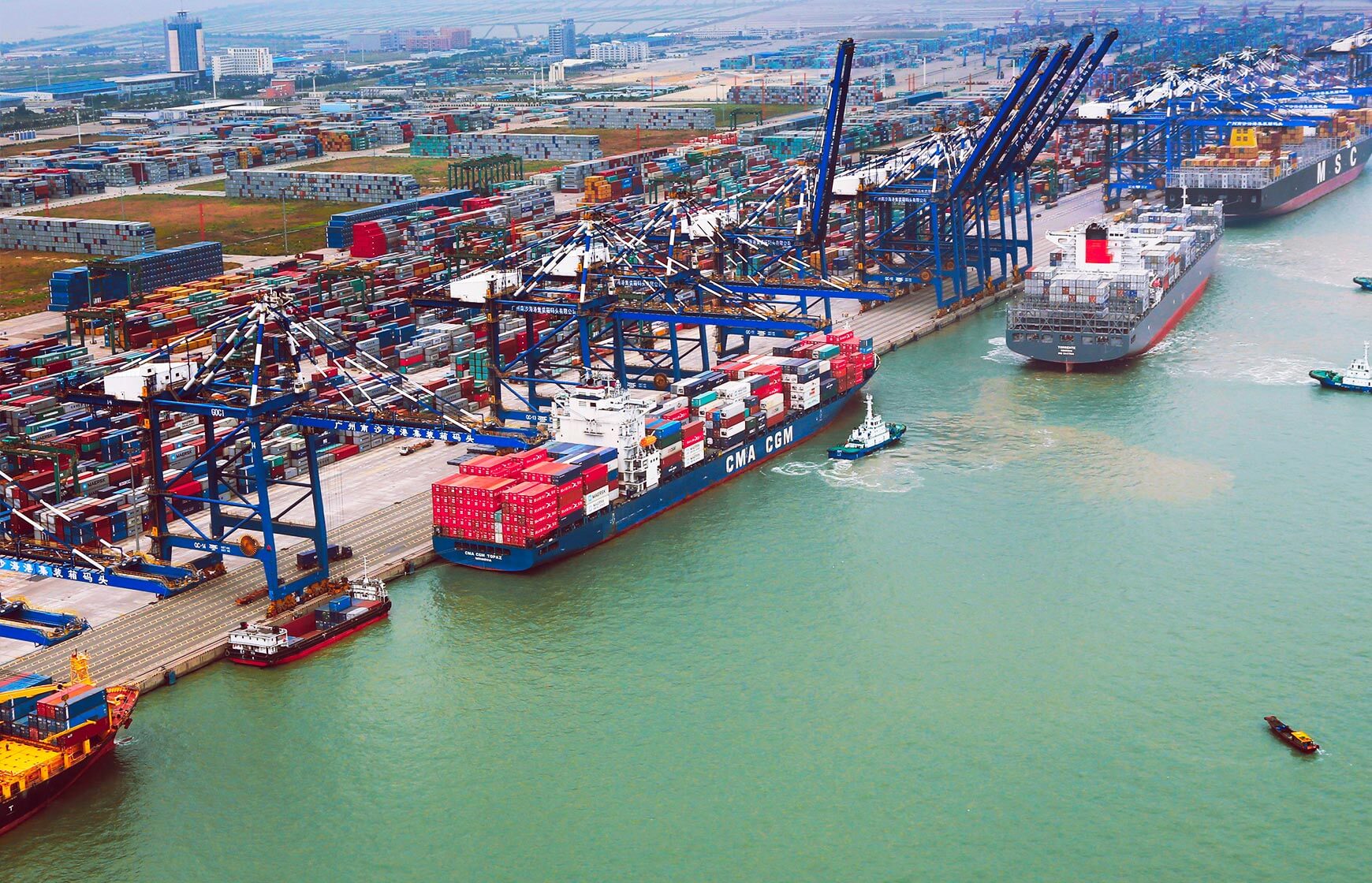
Asia’s fifth-busiest box port encompasses four port areas, including Henan Terminal, Huangpu, Xinsha Terminal and Nansha, which is the main container port, serving ocean liners and large domestic services.
Nansha port district, covering a radius of 100 km, is located in the centre of the Pearl River Delta and connects cities on both sides of the river, enabling the port to handle 23.19 million TEU last year.
Port of Busan, South Korea – More than 21.82 million TEU in 2020
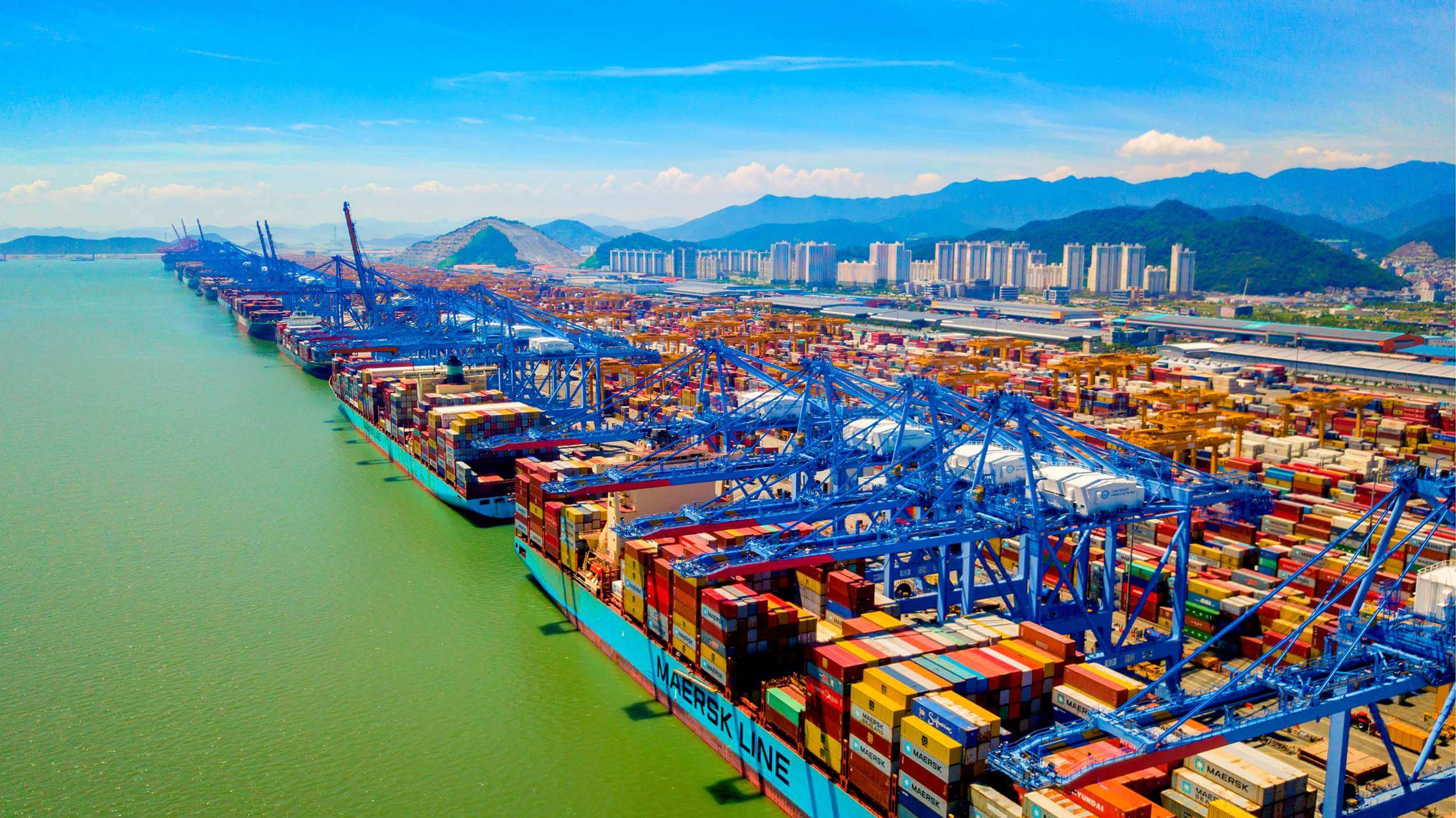
Encompassing a container yard of 3,469,000 m² with a throughput of 21.823 million TEU in 2020, Busan Port is Asia’s and the world’s sixth-busiest port.
Its facilities connect 500 ports in 100 countries, with New Port being responsible for 68% of the total trade last year, when the port handled 74.9% of Korea’s domestic trade.
Busan New Port boasting a water depth of over 17 meters, can handle over 10million TEU annually, in its 23 container berths.
Port of Qingdao, China – More than 22 million TEU in 2020
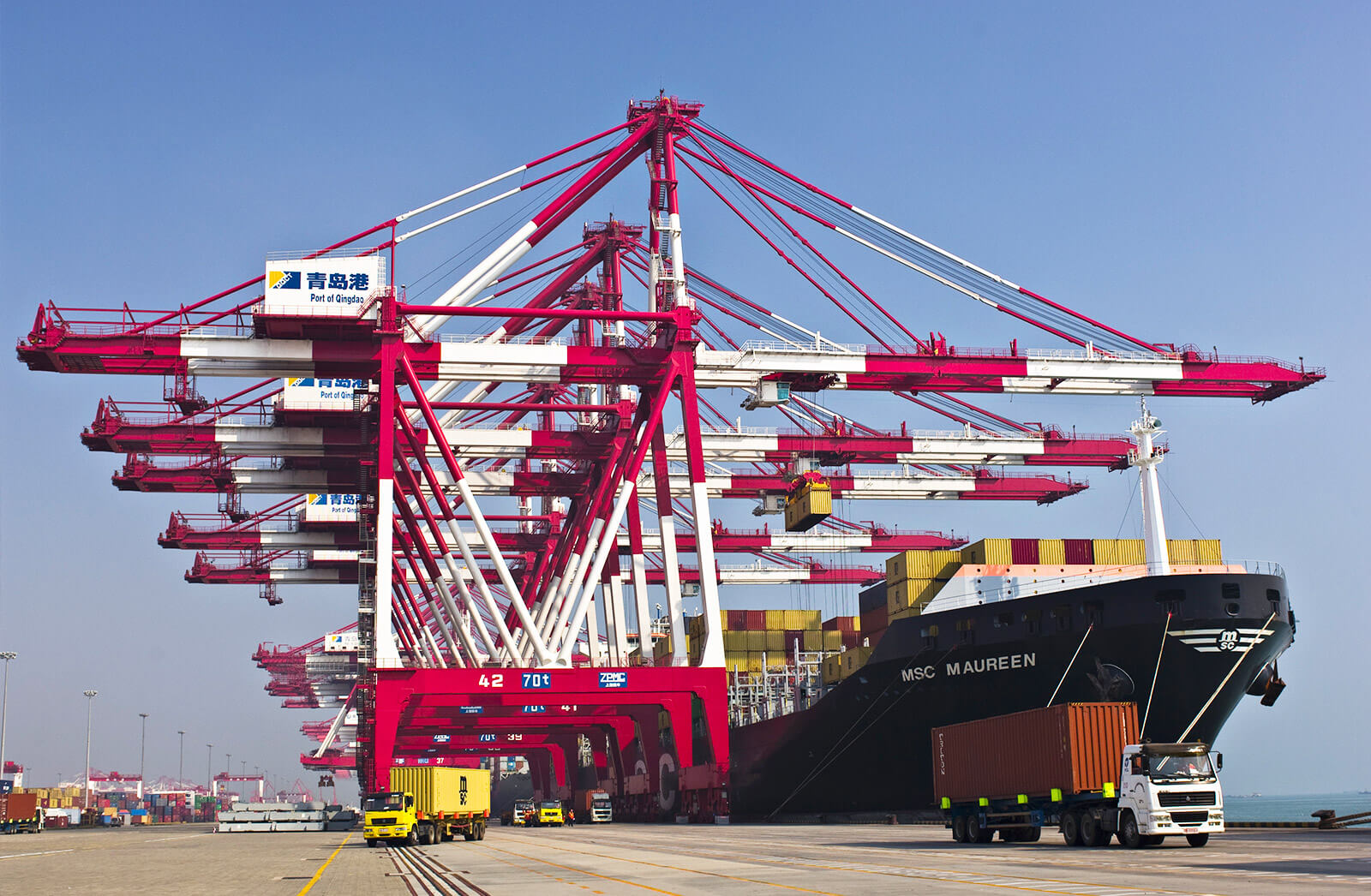
The Port of Qingdao is at the seventh spot in the Asian ports ranking with 22 million TEU in 2020. The major port in China is included in major services of the largest container shipping companies, constituting one of the most crucial ports in the region.
Aiming to be benefitted from the Port of Qingdao’s position, the Hong Kong-based SITC International Holdings decided to open its new logistics hub, SITS Global Shipping Logistics Center, at the port.
Port of Hong Kong, Hong Kong – More than 20.07 million TEU in 2020
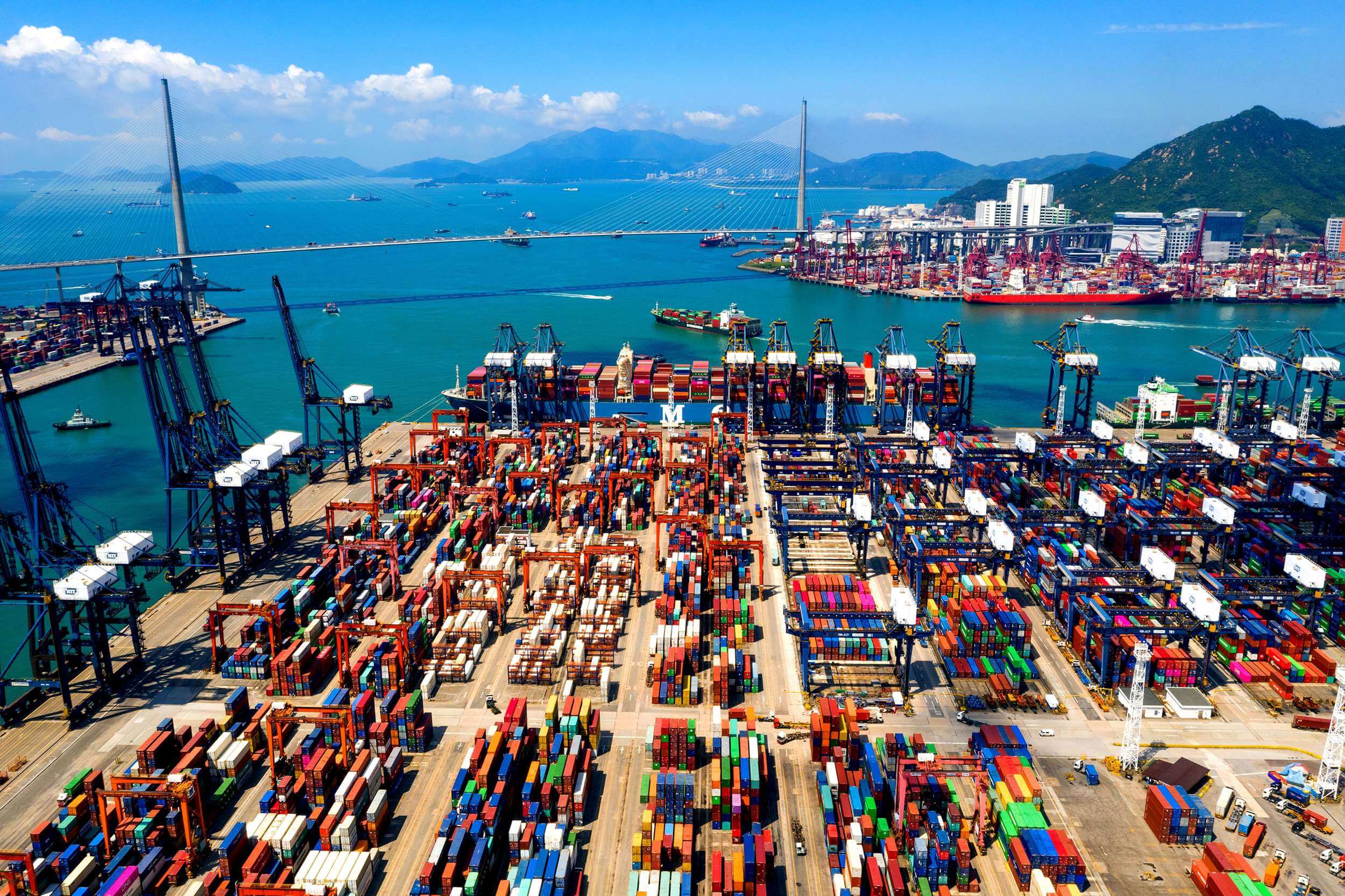
The Port of Hong Kong stands at the eighth position of the Asian busiest ports ranking with more than 20 million TEU in last year.
There are nine container terminals at the Port of Hong Kong, which are operated by five different operators, Asia Container Terminals, COSCO – HIT, Goodman DP World, HIT and Modern Terminals.
The port is located on the Kowloon Peninsula off the South China Sea and is one of the most important hubs in the Southeast and East Asian regions.
Port of Tianjin, China – More than 18.35 million TEU in 2020
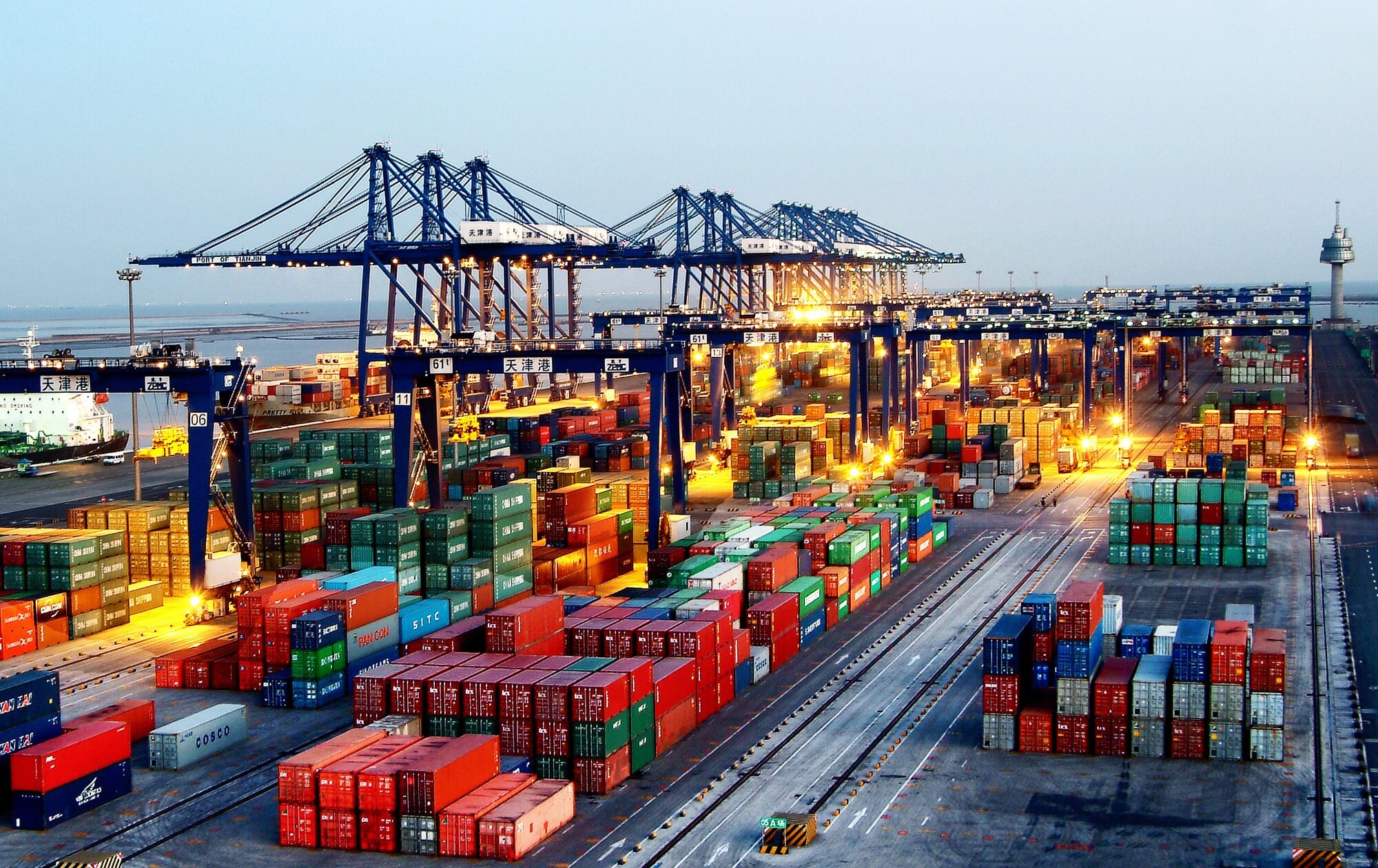
The Port of Tianjin is the ninth largest port in Asia and is the main maritime gateway to China’s capital, Beijing. The Chinese port has handled more than 18 million TEU during 2020, achieving a significant container volumes’ increase compared to 2019 figures.
Late in November, COSCO Shipping Ports announced the acquisition of Tianjin Container Terminal. This move is expected to accelerate the further development of TCT as an international shipping hub in Northern China.
Additionally, the Port of Tianjin is proceeding with important efforts to decarbonise and make its operations more environmentally friendly.
Port Klang, Malaysia – More than 13.24 million TEU in 2020
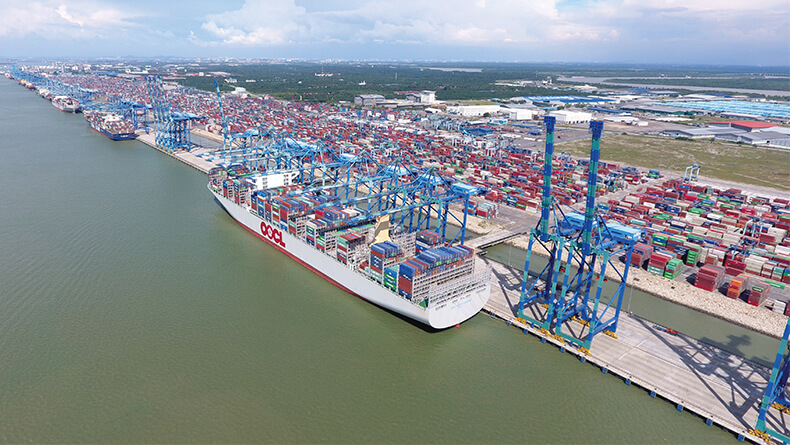
Port Klang is the only Malaysian port, which has achieved to be included in the ten busiest container hubs in Asia, reporting more than 13 million TEU in the previous year.
The port, which has four container terminals and 34 berths, is on the Strait of Malacca midway, between the major ports of Pinang and Singapore, with its location being a major advantage.
Source: Container News


